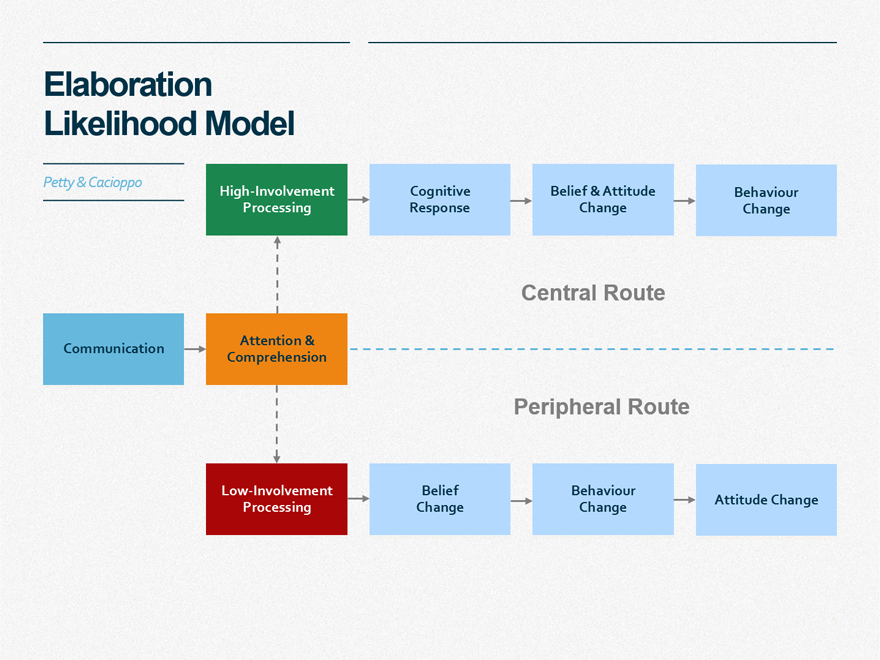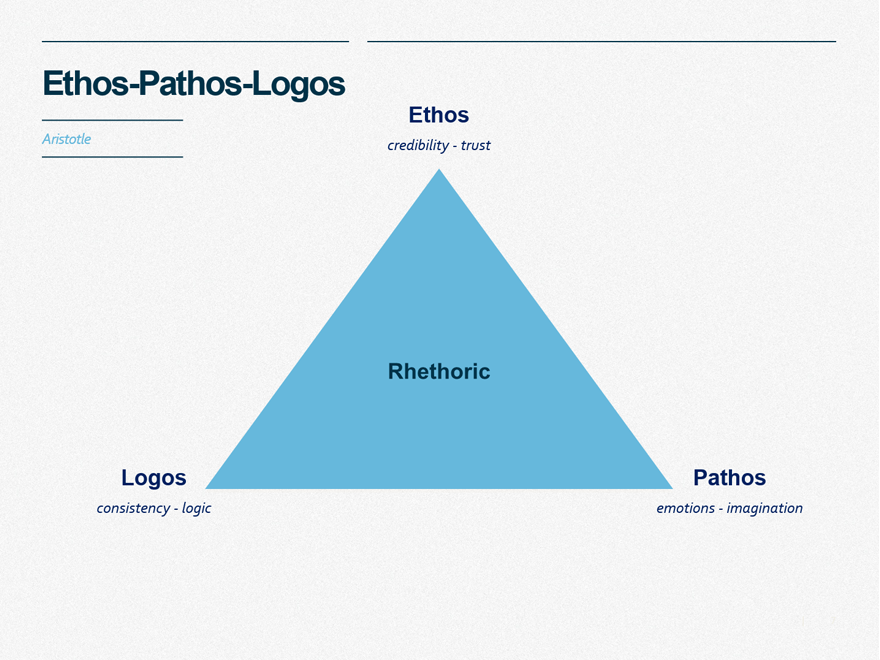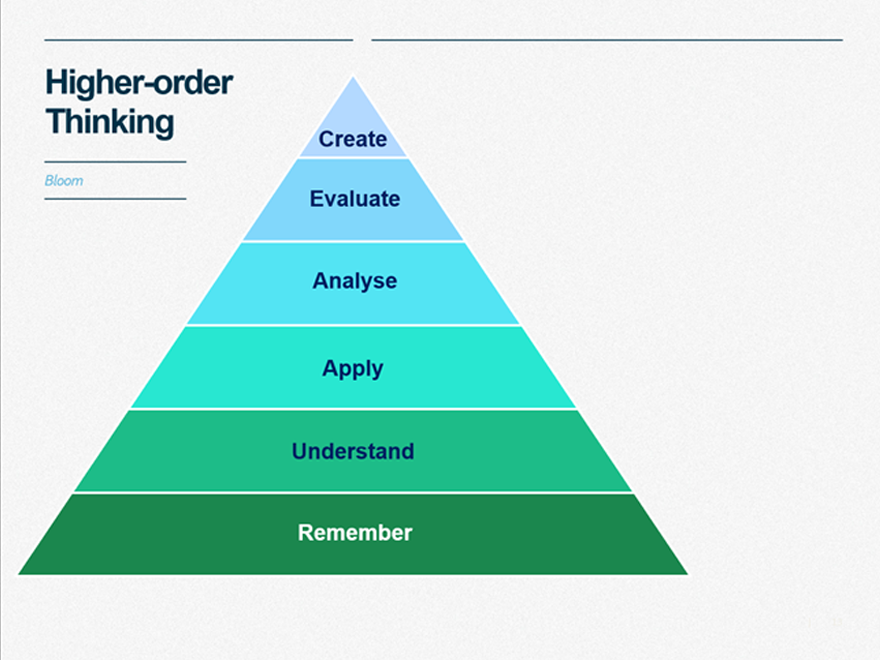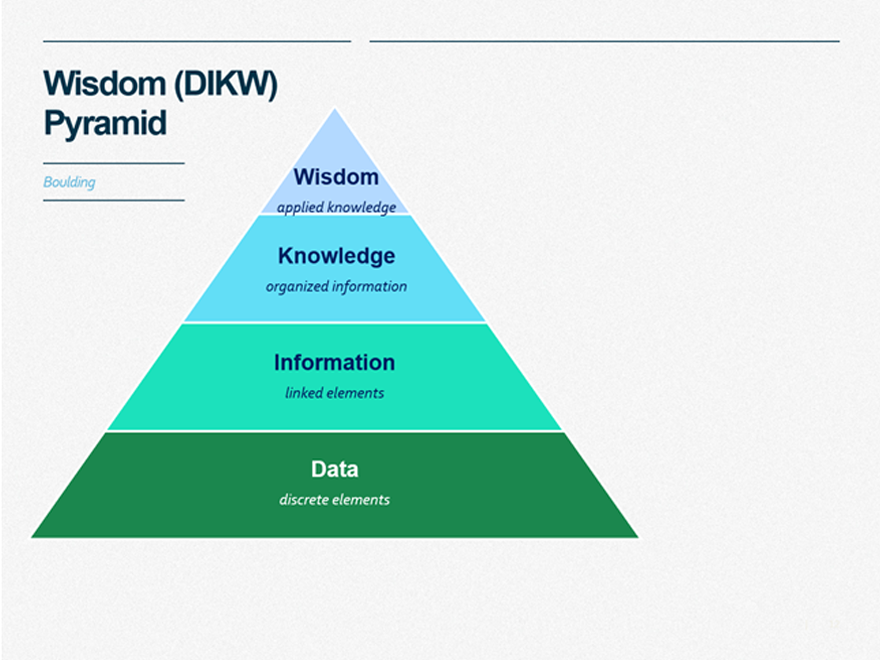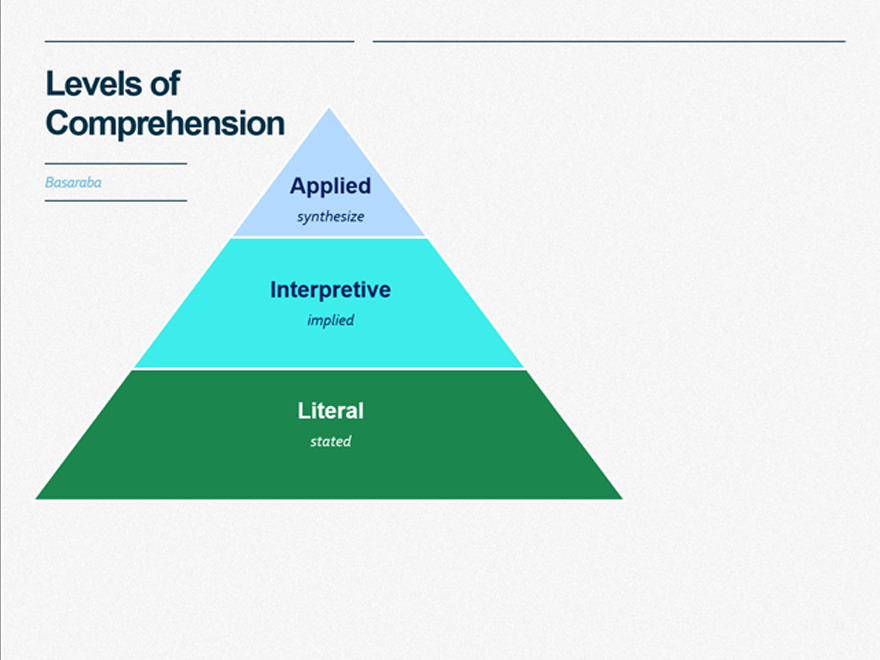A/B Testing
A dump of my posts from 2013 about A/B testing some things in my life. (not spellchecked/corrected)
Read about Reading – A/B Testing #1
How nice is it to be able to read a book every week or two? No, not read only once, but read one whole book in that timeframe. That is the plan, to read 26 books coming year. For that I am wondering when best to read, just before going to bed, or just as I wake up. I will start the first week (w2) with reading half an hour in the morning, the second week (w3) I will read in the evenings. See below for the conclusion:
First Week
The first week worked out great. Each morning (ok, almost every morning) I got up at 6.30 am and read for half an hour. Then I did my exercises for my back and started my day. All I did before starting to read was turn on the lights, no computer, no phone, no distractions. It felt great, some knowledge to kickstart the day. This first week has been a really good test and I am curious of what the second week will bring.
Second Week
And there were the signs of a good experiment, I failed miserably. But this is not a problem. The Mythbusters justly state; Failure is always an option! Reading in the evening turned out to be very difficult for me. The one day you are exhausted from a full day of activities, and the other day you come home from an event and (again) only want to jump into your bed. Of the nights that I should have been reading I only completed doing it about two time (I caught up on my reading in the weekend).
To Conclude
This first A/B test has been a fun and exciting experiment. It has shown me that you can definitely see big results by changing a habit ever so slightly. For me it turns out reading in the morning is a blessing, reading in the evening impossible. At the same time I should note that for other people the conclusions of a similar experiment may be very different. When you have a regular schema and like to relax with a book in the evening, why wake up 30 minutes early? So what is your prefered style? Have you tested both moments? And of course, why have to chosen the one over the other?
A/B Testing
A/B Testing is a new category on testing habits. Each week I, and anyone who likes to join, will test a new habit or change in a daily aspect of my life. The next week I will try a different configuration. Both weeks taken together will result in a conclusion about that specific habit. At the start of the week after that I will report my findings here. If this post does not yet contain the findings, then the experiment is in progress right now.
How Much Sleep Do We Need? – A/B Testing #2
Sleeping is essential in your life. Most people spend about a third of their life doing this, seemingly trivial, activity. So what is to it, do we really need the recommended 8 hours, or is a little less also enough? In week 3 and week 4 I will test the difference between 7 and 8 hours of sleep. In the first week (w3) I will sleep only 7 hour a day, and in the second week (w4) I will sleep the recommended 8 hours. In my bachelor studies into Psychology I have once learned that it does not really matter how much you sleep, you can get used to almost anything. Will this mean the first experiment without a significant result? The answer is below!
First week
Staying awake has never been a big problem for me, getting up early however can sometimes be quite the hassle. On average I have slept 7 hours or less and have experienced two distinct things. The first is that sleeping only 7 hours is definitely possible. It is not too much to ask from your body and it allows for enough time to restore from the workday. The second is that sleeping irregularly is quite the hassle. Waking up the one day at 5am and the other going to bed at 3am (and waking up at 10am) is not the schema you want to follow. Now onto the second week.
Second week
Sleeping 8 hours straight has also been no problem at all. During a weekend away skiïng it has proven to be really useful and helps your body restore. At the same time, the 8 hours limit your working day by that one hour extra. Sometimes this is the hour that you would have wasted on watching a series or tv, but could also mean the hour that you would have spend on a beautiful blog or some educational purpose. The second week has shown me that the extra hour of sleep is not really something different.
To Conclude
As predicted in the introduction, there were no significant changes in the amount of energy I had when sleeping 7 or 8 hours. In earlier blogs I have written about sleeping. One is about the hours we need. The second is about biphasic sleeping (to have powernaps during the day to reduce the amount you have to sleep at night). For future A/B tests it would be interesting to test these versus 7 hours of sleep. For now I can conclude that 7 hours is sufficient and that rhythm is key.
How To Find Your Best Productivity Window – A/B Testing #3
How long can you focus on a task? What is the optimal window for you to work without losing focus? One thing I can state beforehand is that this is not from 9 till 5 (8 hours total). A more likely answer would be 15 minutes to 90 minutes. So why not test this hypothesis. In the coming weeks I will focus on single tasks for different time-frames and see what is most productive. In the end I will review some literature, but for now the three conditions are most important; 30 minutes, 45 minutes, and 60 minutes. I will see which of these will result in the most work done and with the least amount of distractions.
First week
Working for 30 minutes is a piece of cake. It is not difficult to focus on one task for this amount of time. Some tasks are finished within this time-frame, others will take multiple windows to complete. At the same time it is also very convenient to work 30 minutes at a time, since this is the (standard) length of a Google Agenda time-frame. The problem with a relatively small timeframe of 30 minutes is that you are not able to work on big pieces on which you need longer concentration spans. And at the same time it does allow for enough breathing space to recuperate each half hour.
Second week
Concentrating for 45 minutes does not seem to be a problem either. The breaks are even more welcome now, so there is some depletion of your attention span going on. For the rest the 45 minutes seem to be working equally well as the 30 minutes. The real challenge is going to be the 60 minutes on tasks that are not so engaging (read: statistics). A final remark on this week is that with engaging tasks I seem to be able to focus for way longer periods, we will see if there is some research about this in the literature.
Third week
And also 60 minutes seem to work just fine. If you are aware of an impending deadline, a time to relax for a few minutes and to have the current task done, that really seems to help. Doing statistics has become a lot more manageable when you know that within 60 minutes you can turn your brain of again. Working on some other tasks at the same time has been quite the other experience, when really engaged a technique is not needed to manage your time. In those cases you manage to push on, and I guess that your toilet breaks and snacks every once in a while are enough to recharge you.
To Conclude
I was originally inspired by this article by Jeff Haden. He beautifully explains why working for 8 hours does not work. He argues that you need to rest (for 20 minutes) after a maximum of 90 minutes work. In my own experiments I have found this to be very true. Things you do not enjoy doing on an intrinsic level become more manageable when you break them up in smaller pieces. Windows of 90 minutes may be possible, and I will probably test that in my future assignments. For now here are two great resources on productivity windows:
- Jeff Haden on Why the 8 Hour Workday Does Not Work
- E.ggtimer to set Your Very Own Productivity Windows (60 minutes)
No More Email – A/B Testing #4
In this day and age of the mobile life, more than half of the emails are opened on a mobile device. People have the ability to check their email almost every second of the day. We have the endless opportunity to install alerts, create pop-ups and district us from our real work. I myself have not turned on any of these features, but still am able to check my email every hour or so. It is interesting to read the email I get, and it is fun to engage with others. But it is also eating away at the time that I could have used for doing real substantial work. In the first week (w5) I will only check my email in the morning (8am) and evening (6pm). In the second week I will limit myself to checking my email only in the afternoon (1pm). A few questions that I am mainly concerned with are; 1) Will I miss things?, 2) Will I be more productive than normally, and 3) Which configuration is the most productive and satisfying?
First week
This works. Not checking your email every hour or so is quite liberating. There are no more emails that I ‘check’ in a study-break and then consequently be working on for the next half hour. The morning is usually filled with little mails, but allows me to work on a new ‘News in Leadership’ article or the answer someone who was up later than me. Reading my email in the evening is a bit more overwhelming. Not only are there more emails than you normally see (when checking in every hour), but you also see different kinds of tasks at the same time. Luckily however most emails are only concerned with communicating information. In the end you will read through them faster (since similar emails are read at the same time) and the emails that require action will now be dealt with at a set time.
Second week
One moment per week was maybe too optimistic. But am I disappointed with finding this result? Far from it, having one moment a day to work on your email is a real good aim. The problem that prevented me from achieving this feat was that you sometimes work from your email, there is information stored in emails and you cannot avoid to spot the new emails when you open your favourite email program. What you can avoid is opening these mails, and this is what I did. If something is really urgent a person will call, so not opening an email until (on average) 12 hours later, will not do much harm. Sometimes less is more.
To Conclude
Reducing the amount of times I checked my email has been a fun experiment. Secretly there was a third condition, week -100 – 0 in which I checked my email about every hour. Now there is more time for working on long-term goals and to really get things done. Having a set moment to check my email is not what resulted from this experiment (my student life is too unpredictable), but only checking it once or twice a day is what will stick around for a long time. Why not give it a try yourself, you will be amazed how easy it goes?
Pro Tip: Only checking your email incidentally does not mean you have to be less responsive. There are many people who have their email open all the time, but do not seem to be able to respond to your email from two weeks ago. When you check your email, reply with an answer when possible. But when you have to perform an additional task, plan this task, inform the other party about your intention to complete the task and email again when you have finished the task. Great communication is not about how many times you check your email, but about how you manage expectations.
Time to get Zen – A/B Testing #5
Having peace of mind can be a great advantage. It lets you think more clearly and gives you space to think about new ideas. But when your brain is occupied with worries about tomorrow and regrets of yesterday, you will get nothing done. Mindfulness seeks to achieve the former, and avoid (or process) the latter. As one of the most longstanding traditions in many cultures, mindfulness has proven to be an effective tool to deal with the circumstances of everyday life. In this A/B test I will not aim to be enlightened, nor do I seek spiritual guidance. I will take 30 minutes each day to process the last day, let worries pass through me and open up that mindspace to generate new ideas.
First week
Starting the other way around this time leads me to spending the first week without meditation moments. I have become more aware of my thought processes, but have not taken the time to sit back and relax. Working on a large deadline for my last course proves to be quite exhausting. Not taking the time for meditation on the one hand allows me to continue to work longer, but if I have been optimally productive, I do not know. Starting an A/B experiment with the control is on the one hand relaxing (you do not have to change too much of your behavior), but at the same times makes me more eager to try meditating out the coming week.
Second week
Week two, time to sit down and meditate. Yes and no. The first two days I managed to take the full 30 minutes, let me start here. When meditating, not doing anything else, you become acutely aware of everything around you. You stop being involved with thinking about everything and will feel the blood rushing through your veins. Time also seems to go slower and the 30 minutes seemed to last longer. All thoughts that came to my mind quickly faded away and this gave me a sense of calm and ease. The problem with this experiment in meditating is that I have not followed through, in the other days of the week I found myself busy with so many thing I did not take the time to relax. It was quite the bummer, but let me move that discussion to the conclusion.
To Conclude
Mindfulness is a great activity to do. Maybe it is not really an activity, but more a mindset, a sense of calm and readiness. Becoming aware of a lack of calm has helped me to realize to take a break every now and then. At the same time I know that taking 30 minutes every day is not the way I want to incorporate that break in my life. Each morning I read for 30 minutes and do my daily exercises, this is already a great start of a mindful week. During sports (fitness and running) I also feel as calm as a person could be. Only when I feel that through these two mechanisms I am not getting enough mindfulness already, I will step back and actively be passive (which sounds quite poetic).
What is your view on mindfulness? What activities do you consider to help you become more mindfull? And do you actively participate in meditation or have you found another way to reach mindfulness?
How Much Should You Drink? – A/B Testing #6
An average drink contains 14 grams of pure alcohol. After a few of these drinks you will start to learn some of the effects alcohol has. On the one hand you are more relaxed, joyful, talkative and extravert. But at the same time your concentration falls, reflexes decrease and reasoning skills soon decline. This is to say there are both positive and negative effects of alcohol consumption. In the long term there are actually many more negative effects than positive ones. However in our current culture it is very acceptable to have a few drinks every now and then. But how many is enough? Where is the fine line between short term benefits and costs? In this four evening A/B/C/D test I will try and find out what is the optimal amount of standard drinks to have.
Condition One – A few drinks
Having a few drinks (2 per hour, no more than 6 in the evening) is not that eventful. You get the taste of drinking something without experiencing the full effects of alcohol. This leads to having a calm night out with the added pleasure of some good tasting drinks. What you do not get is a hangover. The alcohol is processed long before you wake up, and provided you normally drink enough water, you are completely fine. Nothing to see here, lets go to the next condition.
Condition Two – Getting your Buzz on
When you feel that your inhibitions fall away, you become more talkative and forget the name of the people you just said hi to, you are getting your buzz on. I do not know if these symptoms are the same for everyone, but after 10 drinks within a few hours I have experienced these symptoms. You still have full control over how much you drink and you are far away from losing control, but also know that this is different from being sober. Getting your buzz on is the basis of a fun evening, parties at a friends house or going to a café are the perfect places for this. Provided you drink enough water at the end of the evening, and/or mix in a few soft drinks you will not have any trouble the next morning.
Condition Three – A lot of Beer
When you have lost count of how much you have been drinking you are probably in condition three. All the symptoms that alcohol produces are present and dancing is almost guaranteed. Some of the best evenings in my life have been the direct consequence of condition three. A big danger of course is drinking too much, as a student in The Netherlands this is really important to find out. Making new friends is very easy in this condition, but a headache is also almost certain. Over the years I have learned to stay away from mid-night snacks after drinking and have gotten to know my limits. This does not mean that I have or will always adhere strictly to them, and the number of drinks is of course also highly dependent on how long the night is going on for. But when you feel that you are on the verge of losing control, then it is time for a soft drink.
Condition Four – A lot of Mix
This fourth conditions is similar to the third, having many drinks, but now not with beer but with mix drinks (e.g. bacardi-cola, coebergh-sprite). It is a tradition to serve these kinds of drinks at galas for study and student association in The Netherlands. Drinking here is somewhat obligatory. This on the one hand is not good (think about all the people who will drink too much), but on the other hand creates a atmosphere that embodies fun. Dancing without restrictions and making crazy pictures with your friends will both be fun and give you some memories (plus photos) to laugh about for quite the while. Again you will want to be conservative with mixing too strong, and drinking a few normal soft drinks during the evening will keep you hydrated and prevent you from drinking too much.
To Conclude
Drinking is bad, but sometimes it is also bad in a good way. In moderation (but in drinks and evenings that you drink) it is a socially acceptable way of diverting from your normal routine and to embark on an evening full of fun. Between the different conditions I can make no definitive choice. For each different occasion there is a different way of going about the evening. During the working week you will want to be in condition one or two, but when your agenda is free for the coming day, why not make for some crazy memories.
What kind of drinker are you (find out below)? In which condition have you found to be the perfect balance? What would you recommend or advise against?

